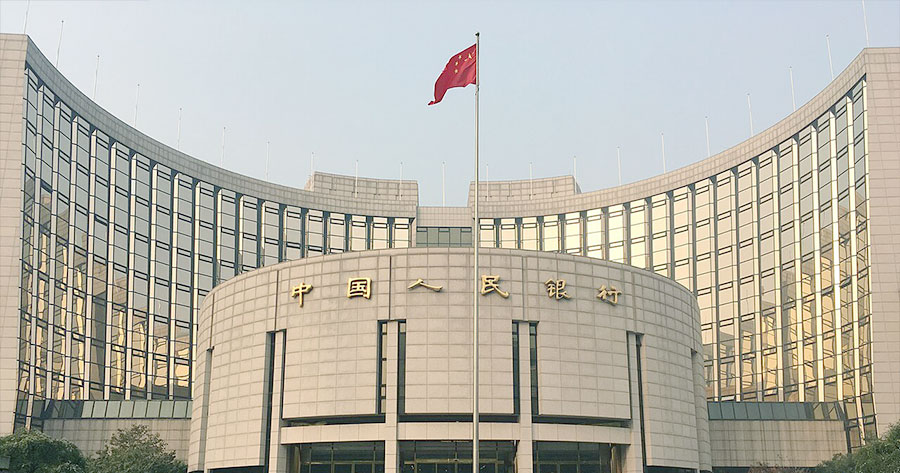On Monday, the People’s Bank of China (PBOC) announced the reduction of its main benchmark lending rates by 25 basis points at the monthly fixing.
China’s key interest rates, the one-year and five-year loan prime rates (LPR), were decreased to 3.1% and 3.6%, respectively. The one-year LPR impacts corporate and most household loans in China, while the five-year LPR functions as a reference for mortgage rates.
The decision to lower the rates was in line with expectations as PBOC Governor Pan Gongsheng hinted during a forum in Beijing on Friday that the loan prime benchmark rates would see a reduction of 20 to 25 basis points.
Pan also suggested that the reserve requirement ratio (RRR), the amount of cash banks are required to hold, might be further decreased by 25 to 50 basis points by the end of the year based on liquidity conditions, after the central bank had trimmed the reserve requirement ratio by 50 basis points last month in an effort to bolster the Chinese economy amidst challenges such as a lingering property crisis and subdued consumer confidence.
In addition, the seven-day reverse repurchase rate and the medium-term lending facility rate are set to also be reduced by 20 and 30 basis points, respectively. The recent rate adjustments follow China’s unexpected move to decrease major short and long term lending rates in July.
The world’s second largest economy, last week, reported a third-quarter GDP growth of 4.6% year-on-year, slightly surpassing expectations. Furthermore, the release of upbeat data last Friday, including retail sales and industrial production figures for September, provided a glimmer of hope for the country’s economic outlook.





